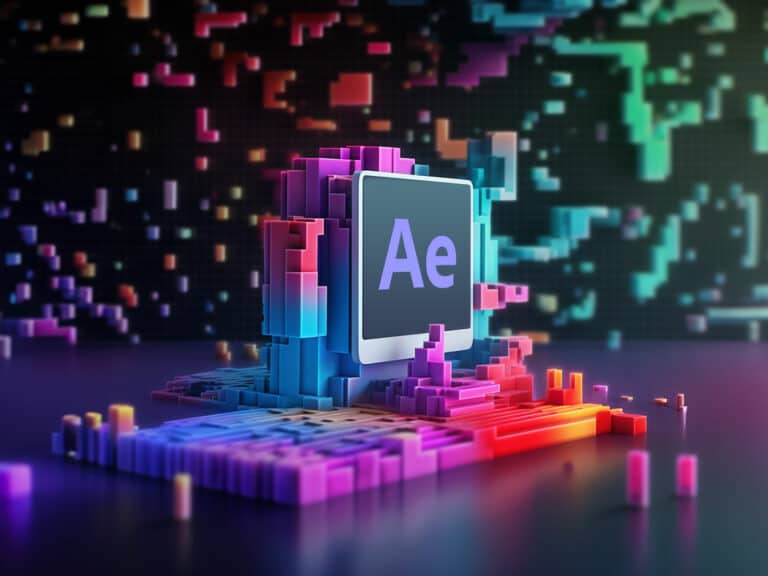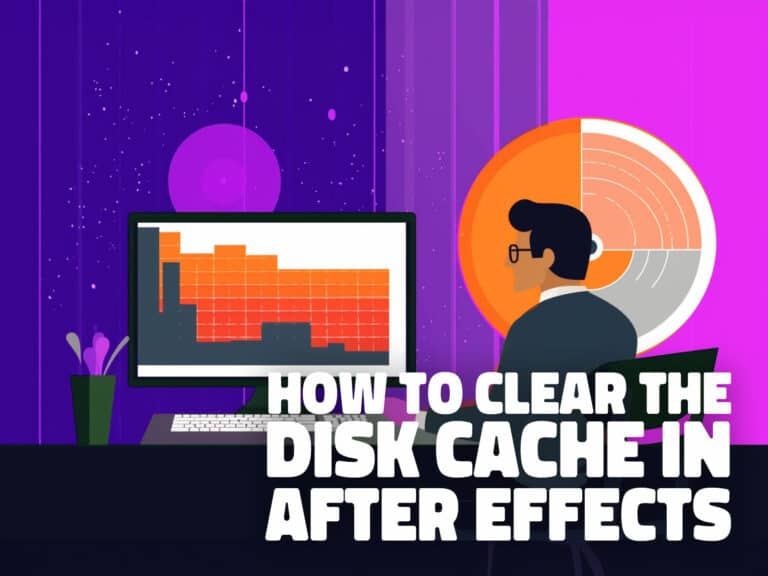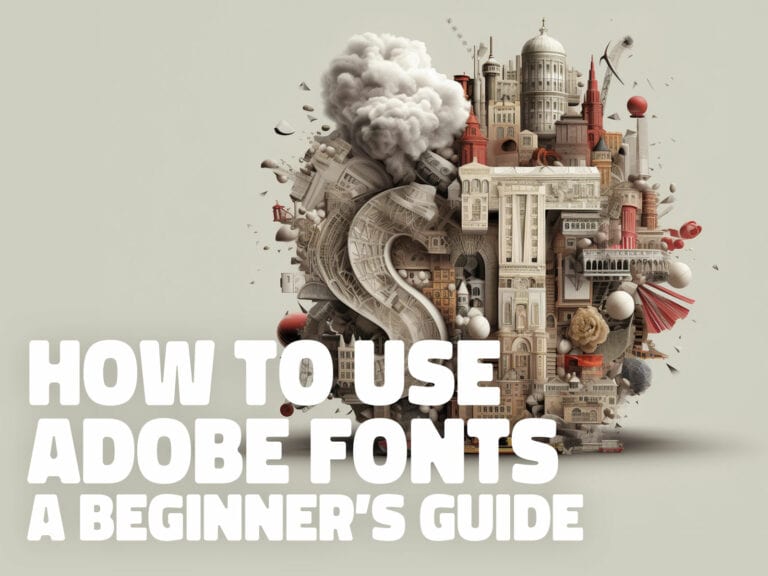Nuke vs. After Effects: The Ultimate Showdown
When it comes to compositing and visual effects, two names that come to mind are The Foundry’s Nuke and Adobe’s After Effects. Both programs are widely used in the industry and have their own unique features and capabilities. In this article, we will provide a realistic comparison of Nuke and After Effects, highlighting their strengths and weaknesses.
Nuke is a node-based compositing software that is known for its powerful tools and flexibility. It is widely used in the film and television industry for its ability to handle complex visual effects shots. On the other hand, After Effects is a layer-based compositing software that is popular among motion graphics artists and video editors. It is known for its ease of use and versatility.
Despite their differences, both Nuke and After Effects have their own loyal fan base. In this article, we will compare the two programs in terms of their user interface, workflow, features, and pricing. We will also discuss which program is best suited for different types of projects and users. Whether you are a seasoned professional or a beginner, this article will provide you with a comprehensive understanding of Nuke and After Effects.
Overview of Nuke and After Effects
What is Nuke?
Nuke is a node-based compositing software developed by The Foundry. It is widely used in the film and television industry for creating high-quality visual effects, motion graphics, and animations. Nuke’s node-based workflow allows users to create complex composites by connecting various nodes together. It also offers a range of tools for tracking, rotoscoping, keying, and color grading.
The Foundry Nuke is a powerful compositing software that is designed for professional use. It has a steep learning curve and requires some technical knowledge to operate. However, once you master the software, you can create stunning visual effects that are hard to achieve with other compositing software.
What is After Effects?
Adobe After Effects is a popular compositing software that is widely used in the motion graphics, visual effects, and video editing industries. It is a layer-based software that allows users to create complex animations, composites, and visual effects. After Effects offers a range of built-in tools for keying, tracking, and color grading. It also supports 3D compositing, which allows users to create 3D animations and visual effects.
Adobe After Effects is a user-friendly software that is easy to learn and use. It has a large community of users and offers a range of tutorials and resources for beginners. After Effects is also integrated with other Adobe software, such as Premiere Pro and Photoshop, which makes it easy to import and export files between different software.
Comparing Nuke and After Effects
When it comes to compositing and visual effects software, two of the most popular options on the market are The Foundry’s Nuke and Adobe’s After Effects. Both tools offer a range of features and capabilities that make them ideal for different types of projects and workflows. In this section, we will compare Nuke and After Effects in terms of ease of use, advanced visual effects, node-based vs. layer-based compositing, integrations, customization and API access, pricing details, vendor details, and alternatives.
Ease of Use
One of the biggest differences between Nuke and After Effects is their user interfaces. After Effects is known for its layer-based approach, which makes it easy to understand and use for many users. On the other hand, Nuke uses a node-based approach that can be more complex and difficult to master. However, once users become familiar with Nuke’s interface, they often find it more efficient and powerful than After Effects.
Advanced Visual Effects
Both Nuke and After Effects offer a wide range of advanced visual effects capabilities, including 3D elements and camera tracking. However, Nuke is generally considered to be more powerful and flexible in this area, particularly when it comes to compositing 3D render passes and working in a 3D compositing environment.
Node-Based vs. Layer-Based Compositing
As mentioned earlier, After Effects uses a layer-based approach to compositing, while Nuke uses a node-based approach. This can be a significant factor for users who prefer one approach over the other. Layer-based compositing is often more intuitive for beginners, while node-based compositing can be more flexible and efficient for advanced users.
Integrations
Both Nuke and After Effects offer a range of integrations with other software tools, including Adobe Premiere Pro, Photoshop, and Lightroom Classic. However, Nuke also has strong integrations with other industry-standard software tools like DaVinci Resolve and 3ds Max.
Customization and API Access
Nuke offers a high degree of customization and API access, which can be a significant advantage for users who want to create custom tools and workflows. After Effects also offers some customization options, but they are generally more limited than what is available in Nuke.
Pricing Details
Nuke is generally more expensive than After Effects, with pricing starting at around $4,000 per year for a single user license. After Effects, on the other hand, is available as part of Adobe’s Creative Cloud subscription, which starts at $20.99 per month.
Vendor Details
Nuke is developed by The Foundry, a UK-based software company that specializes in visual effects and 3D software. After Effects is developed by Adobe, a US-based software company that offers a range of creative software tools.
Alternatives to Nuke and After Effects
There are a range of alternatives to Nuke and After Effects, including Fusion, Flame, and HitFilm Pro. However, Nuke and After Effects are generally considered to be industry-standard tools for compositing and visual effects.
Who is Nuke Best Suited For?
Nuke is a node-based digital compositing and visual effects application that is widely used in the film and television industry. It is a powerful tool that is best suited for professionals who require a high degree of flexibility and control over their work. Here are some examples of who Nuke is best suited for:
Visual Effects Artists
Nuke is an ideal tool for visual effects artists who need to create complex visual effects for films, TV shows, and commercials. Its node-based workflow allows artists to create complex composites and effects by connecting different nodes together. This allows for a high degree of flexibility and control, which is essential for creating realistic and seamless visual effects.
Compositors
Compositors use Nuke to combine different elements of a shot, such as live-action footage, 3D models, and special effects, into a final image. Nuke’s node-based workflow allows compositors to easily adjust and tweak different elements of a shot, making it easier to create seamless and realistic composites.
Post-Production Studios
Nuke is widely used in post-production studios around the world. Its flexible pipeline and robust Python API make it easy to integrate into existing workflows, while its powerful compositing and visual effects tools make it an essential tool for post-production work.
In summary, Nuke is best suited for professionals who require a high degree of flexibility and control over their work, such as visual effects artists, compositors, motion graphics designers, and post-production studios. Its node-based workflow, powerful compositing tools, and robust Python API make it an essential tool for anyone working in the film and television industry.
Who is After Effects Suited For?
Adobe After Effects is a versatile software that can be used for a wide range of applications in the creative industry. It is particularly suited for video editors, motion graphics artists, and compositors who work on projects that require visual effects or animation.
One of the main advantages of After Effects is its integration with other Adobe Creative Cloud applications, such as Photoshop and Illustrator. This allows users to import assets from these programs directly into After Effects and easily incorporate them into their projects.
Motion Graphics
After Effects is also well-suited for creating motion graphics, titles, and lower thirds, as well as for creating animated logos and other animated elements. The software has a range of tools for creating and manipulating text and shapes, as well as for animating them in unique and creative ways.
Video Editors
Another advantage of After Effects is its ease of use. The software has a user-friendly interface that is easy to navigate, even for beginners. It also has a range of pre-built templates and effects that can be used to quickly create professional-looking projects without a lot of extra effort.
Overall, After Effects is a great choice for anyone looking to add special effects, animation, and motion graphics to their video projects. Its versatility, ease of use, and integration with other Adobe Creative Cloud applications make it a popular choice among video editors and motion graphics artists alike.
Conclusion: Which One Should You Choose?
After examining the features and capabilities of The Foundry Nuke and Adobe After Effects, it is clear that both software programs have their strengths and weaknesses. Ultimately, the choice between the two will depend on the specific needs and preferences of the user.
For those focused on compositing and visual effects, The Foundry Nuke may be the better choice. Its node-based system allows for more precise control over individual elements, making it ideal for complex projects. Additionally, Nuke’s robust toolset and support for high-resolution footage make it a popular choice among professionals in the film and television industry.
On the other hand, Adobe After Effects is a versatile program that excels in motion graphics and animation. Its layer-based system is intuitive and easy to use, making it a popular choice for video editors and designers. After Effects also offers a wide range of plugins and integrations with other Adobe software, allowing for a seamless workflow.
Ultimately, the choice between The Foundry Nuke and Adobe After Effects will depend on the specific needs and preferences of the user. For those focused on compositing and visual effects, The Foundry Nuke may be the better choice, while Adobe After Effects may be more suitable for motion graphics and video editing.







